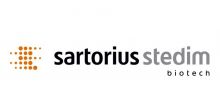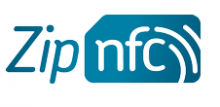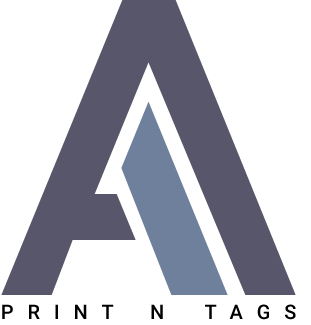Reports show consumers have raised awareness of Smart Packaging solutions for food waste reduction and traceability/authentication | 12-12-2023 |

The end of a year is always a time when Surveys and Trend Spotting come to the front of the queue. And despite all the unpredictable things going on in the world it seems 2023 is no exception. AIPIA is careful to take most of these reports with a large pinch of salt, but they can and do offer some useful insights. PLUS: the Association is supporting Appetite Creative’s annual Connected Packaging Survey this year. You can find a link to complete the survey at the end of this story.
Meanwhile here are a couple of recent items (our thanks to Industry Intel for curating these) which bear out the positive feedback and key themes about the future of Smart Packaging we discerned at the recent AIPIA World Congress:
Americans throw out a staggering 120 billion pounds (over 55 billion kilograms) of food each year, that’s 325lbs (147 kilos) per person, an estimated 40% of the nation’s food production. The single largest source of food waste in the USA comes from households according to recent figures. While there isn’t one solution for this massive problem, research from the Michigan State University (MSU) School of Packaging shed some light on an often-overlooked part of the waste reduction equation: everyday packaging.
According to Minding the Gap: Consumer Awareness of Packaging & Food Waste Reduction, a white paper summarizing MSU’s research, there is much more than meets the eye when it comes to food packaging. Along with identifying the top food waste areas in households, the report explores how well consumers understand the purpose and function of packaging designed to reduce food waste and extend shelf life.
According to MSU’s study, fruits and vegetables, prepared foods, and dairy are the most frequently wasted food categories in American households. Fruits and vegetables accounted for 77% of waste, with bananas (32%), lettuce (25%), and strawberries (8%) discarded most frequently. Uneaten leftovers, half-eaten packaged products and spoiled unpackaged food were also significant contributors to food waste. We suspect Europe follows a similar pattern
Researchers found that consumers prefer packaging that helps them assess and extend the shelf life of food products and that such packaging could further reduce household food waste. Younger survey participants tended to waste food most, and wealthier households (income of $100K +) throw out more food than those with lower incomes. Additionally younger respondents were more willing to try new packaging solutions than older Americans.
Packaging materials, attributes, formats and technologies have different purposes that uniquely contribute to food freshness. However, consumers frequently lack awareness and understanding of these aspects. Participants also lacked knowledge of existing packaging technologies that harness science and technology to prolong shelf life for days or even weeks, including:.
Active packaging that interacts with the food product itself, for example, removing oxygen to slow the growth of bacteria.
Intelligent packaging that monitors the conditions of food, like temperature, to give consumers real-time information about freshness and quality.
The study serves as a call for policymakers and industry to help better educate consumers about the role packaging can play in reducing food waste. According to the findings, boosting consumers’ awareness of packaging technologies could dramatically reduce food waste by helping them make smarter purchasing decisions based on packaging that provides the longest shelf life.
Meanwhile, in another report Euromonitor International has published its 2024 consumer trends report, which put the spotlight on new demands for convenient and effective wellness support, transparency around brand sustainability and the implementation of AI to personalise the customer experience. Over 40% of consumers said they would be comfortable with voice assistants offering personalized recommendations.
It highlights the benefits of data to enable for the effects to be displayed using real-time monitoring and smart tools, allowing for consumers to track their progress and adjust their regimens as needed. “Companies are using bioscience and smart technology to push the envelope of innovation," the report states.
Generative AI is noted to be one of the fastest-growing consumer applications. Whilst consumers are increasingly using the tool for a variety of outcomes, the report says that they will expect brands to do the same. It notes that generative AI may help companies with more efficient content creation and ideation, whilst enhancing user experience and personalisation by providing an enhanced level of consumer insight.
Also the report observes that consumers have been making a significant effort throughout 2023 to live more sustainably, with over 60% trying to make a positive impact through everyday actions. Also there has been a heightened awareness of the use of ‘green washing’ by companies and a new demand for transparency and traceability.
So many of these words: ‘data’, ‘transparency’, ‘consumer education’ ‘reduced waste’ were heard over and over again during the AIPIA Congress. So 2024 should bring some remarkable new opportunities for the Smart Packaging sector. Our compliments of the Season, we can hardly wait for the New Year to arrive!
If you want to take part in the Connected Packaging Survey simply follow this link: Connected Packaging Survey
AWA and AIPIA Smart Labeling Chicago
AIPIA and AWA Smart Packaging World Congress Amsterdam
































